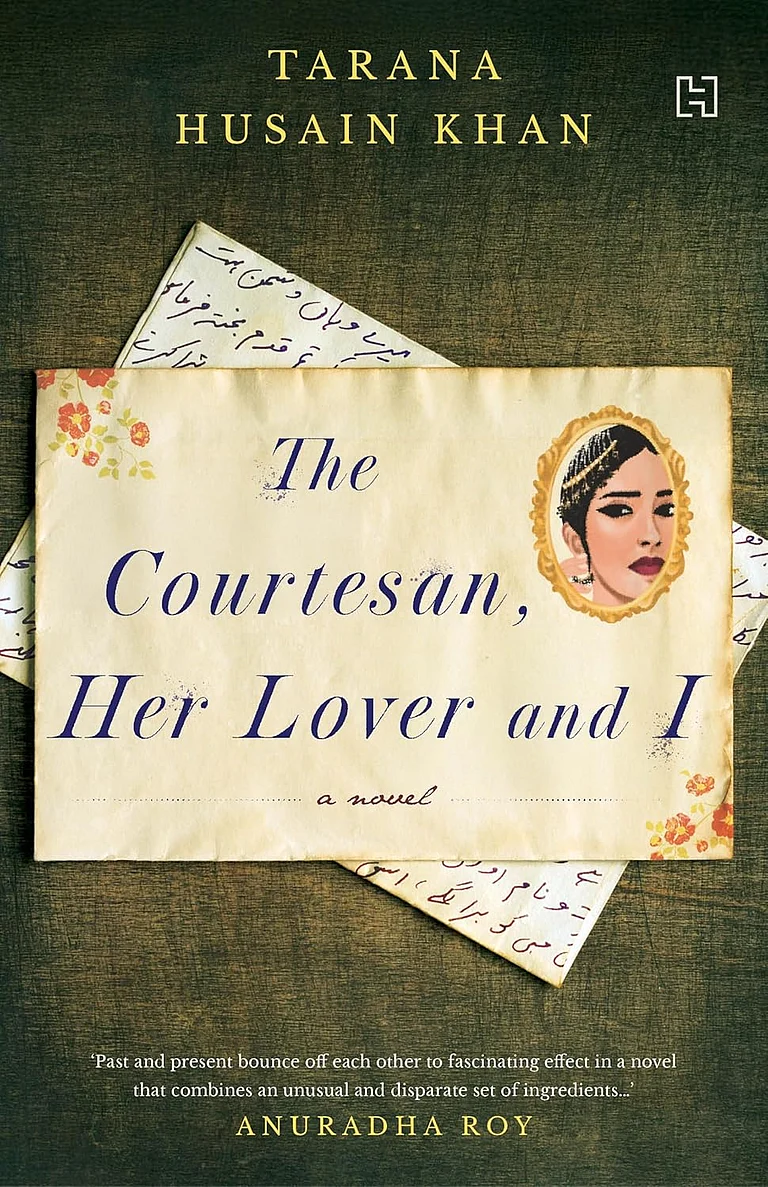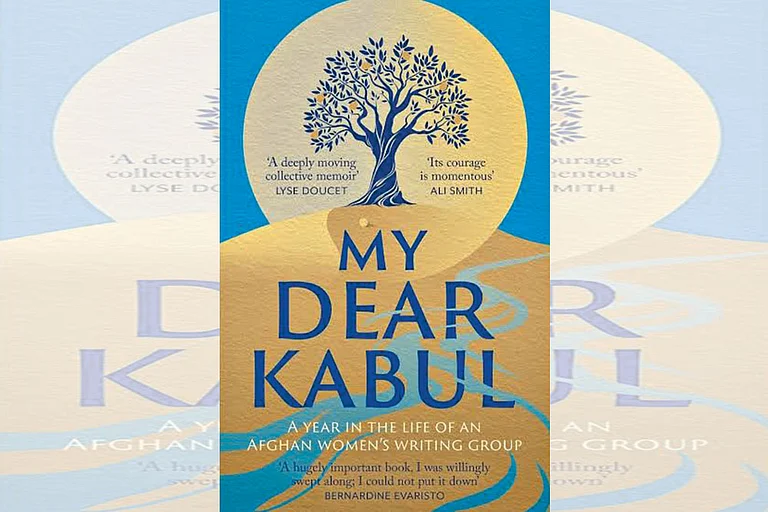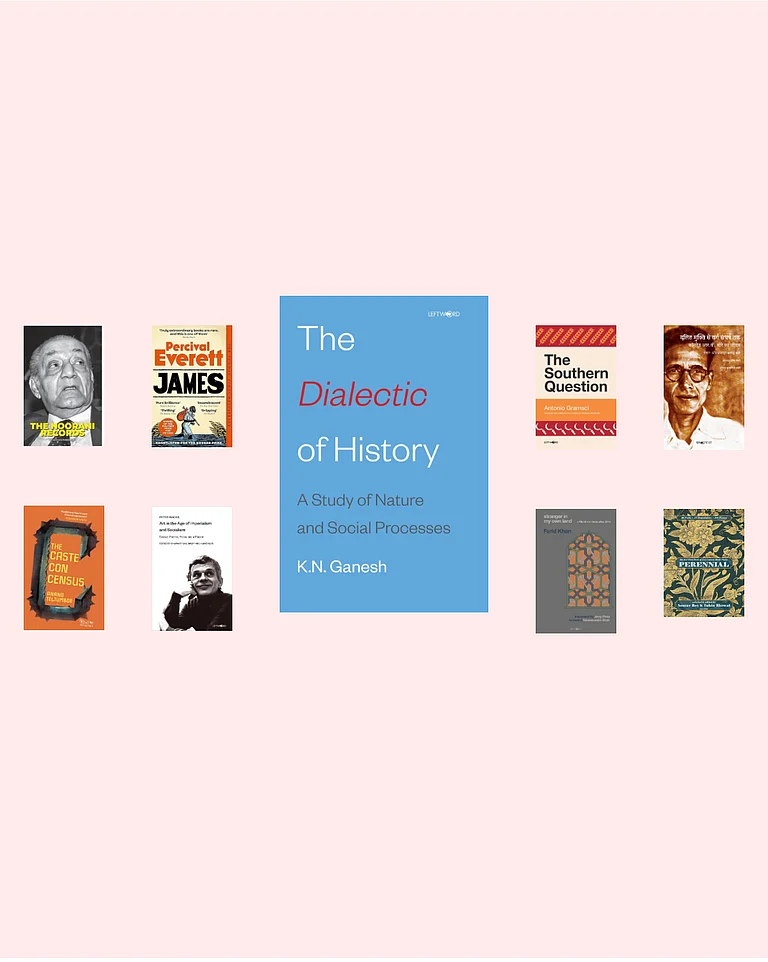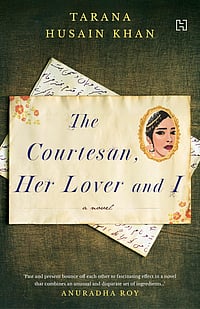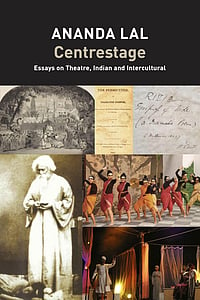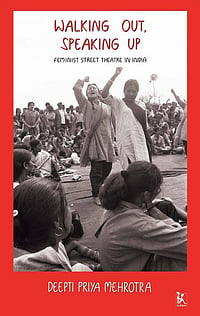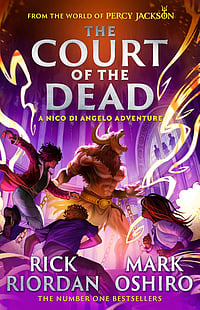This is a book that goes back and forth in time, starting with a letter from a writer uncle in the hills, going to today’s generation then travelling back to unravel the secrets of a sprawling zamindari mansion that did not belong to a zamindar but was bought property. It is certainly a book of secrets starting with an early start up man who discovered a way to wring money out of the British rulers in colonial Calcutta with his wife’s help.
Rising from khansama to zamindar is DN Lahiri’s story while that of his wife Pritilata is tinged with other elements. Like Jnanadanandini of the Tagore’s, she learnt how to revolutionise dressing through her sewing machine and ride a black stallion. Thereupon to remove herself from the lives of her husbands and sons. Sen explores the political machinations of the time through Kanai or Kak along with the sexual uncertainties that plagued households like the Lahiris, whether zamindari or not.
Sen brings in the issues of women’s lives - child brides treated like dolls and ignored for the most part, men with separate quarters who have to be ordered to perform their conjugal duties, everything that one gossips about in secret in a world that had no social media to broadcast things.
While the Lavish Lahiris are flush in luxury, Sen spends very little time on luxurious details. Rather than a golden age of revelry she describes a dystopian world unsettled by the flight of the dominant mother figure who none of the wives are able to replace. In any case Ishwari falls prey to love conveniently with Kak in a secluded library when he is undercover in the house - though whether Kaka, worried about his wife, would do any such thing is debatable even as a reward for Ishwari’s selfless act in trying to save the hapless Das.
What Sen describes is a dystopian atmosphere of brooding patriarchy set against the violence erupting outside. The Bengal Famine, communal violence and rape are all grist for Sen’s mill. Only BaroBou Kamala appears to have some kind of control over the men's quarters upstairs
The Lahiri men, barring Pradeep, who is the writer, are casteist women haters for the most part. Remarkably not prone to cultural extravagances - possibly because of DN Lahiri’s mundane business ideas - or mistresses, the Lahiri men are a joyless lot who bring up equally unhappy daughters. Hem gropes maids as a result of a conversation heard while hiding in a trunk when he was small. Men fall out with women friends for sudden inexplicable reasons - at least inexplicable to the women who have become used to friendliness. Hem who slips away from the Lahiri narrative acquires another china doll wife – the wives are all doll-like, beautiful, fragile playthings, whereas the daughters are not. Of course, Hem’s sexual inclinations are mysterious but then sex always remains intriguing in any narrative.
Pixie, Ayesha and Aradhana’s lives are possibly more relatable since Sen gets under the skin of the more modern characters. They are advanced for their time like Pritilata was, would-be chefs, photojournalists and advertising copywriters. However, their relationships with men remain challenged and Sen throws in men with odd names like Ludo Banerjee and Vin Rothbart who are singers, dancers and what the average Bengali would refer to as ‘looj’ characters. Men do not trust women, women do not trust men and so the ballet continues.
Secrets there are a plethora of - who is Nandini’s father, what is weighing down the hem of Pritilata’s coat if not pebbles (though one can guess). Who is who on the family tree and what is why gradually unravels and everything is certainly not what it seems to be. But where would this be without a ray of hope? All the characters are interlinked in one way or another as the strands of narrative connect. The neglected and downtrodden find their own lives free from the looming shadows of the Lahiris while big houses are gifted and reinvented down the timeline. The narrative that spans a century comes to a satisfying ending and what seemed to be a story of crippling patriarchy celebrates the liberation of the modern women – though implying that most women of the previous generations were helpless in the hands of spineless or domineering men and also unable to deal with their guilt.
(Anjana Basu is a Kolkata-based author and columnist.)







